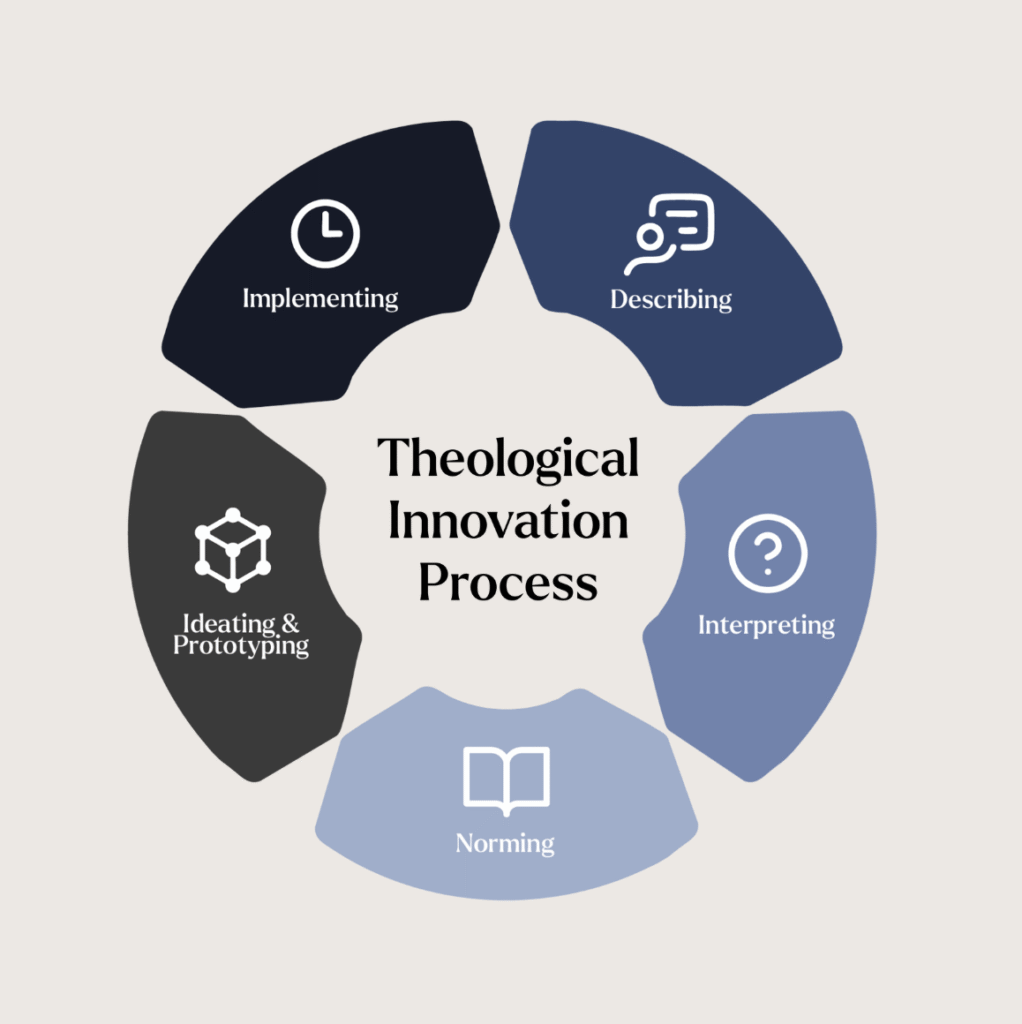
In the last 15 years, First Church experienced a steady decline in worship attendance, ministry participation, and volunteer recruitment. The congregation is aging and many of the church’s programs aren’t as effective as they once were. Average Sunday attendance hovers around 125 people. At a recent ministry fair, there were more than 20 ministry programs and groups represented. Does any of that sound like your faith community? It’s possible you could improve your ministry by doing less.
Ministry leaders who are seeking coaching and consulting related to reimagining their ministry often wonder what they can do to enhance their ministries so they’re more effective. They often ask what new ideas they should try to help grow the church.
But one crucial question is hardly ever asked: What can the faith community subtract to improve their ministry?
Researcher Dr. Leidy Klotz calls this the “power of subtraction,” and it’s almost always neglected when it comes to ministry innovation.
The concept is simple: Rather than adding something new to improve outcomes, subtracting things is a powerful and proven way of enhancing and improving results.
The Church is not a fan of subtraction. Ministry leaders and volunteers are praised when they add a new program to an already packed church calendar. Constantly churning out new ministry ideas — rather than subtracting outdated ones — is what usually identifies someone as an “innovator” or a “visionary.”
A church with more programs than they can count is seen as a sign of life compared to a church with only a handful of ministries. A building addition or expansion is often characterized as the ultimate fruit of effective ministry.
This obsession with adding, rather than subtracting, is a natural human tendency. Those of us living in the United States often live by the philosophy that “more is better.” And this way of being has infiltrated the Church for millenia.
And yet, Jesus’ response to the Pharisees and Sadducees in the gospel of Matthew offers a powerful example of subtraction.
When asked which was the greatest commandment in the Law, Jesus responded with subtraction. Rather than scroll upon scroll of laws, his interpretation was simpler: “You shall love the Lord your God with all your heart and with all your soul and with all your mind.’ This is the greatest and first commandment. And a second is like it: ‘You shall love your neighbor as yourself.’ On these two commandments hang all the Law and the Prophets.”
Jesus knew that the most powerful story the world would ever know was actually one of subtraction, not addition. Love God, love neighbor. That’s it.
Perhaps you need to ask where else subtraction is found in scripture and the history of the Church. Then consider how subtraction just might be a crucial ingredient for transformational ministry to emerge in your context.
If you’re unsure how to embrace the power of subtraction in your ministry context, and would like to explore ways you can improve your ministry, the Ministry Leadership Center can help through our customized consulting and coaching services.
About the Author— Meghan Hatcher is the Senior Director of Ministry Strategies at the Ministry Leadership Center. She has served diverse faith communities through pastoral leadership, youth ministry, new church development, community engagement, and ministry innovation. Meghan has a Bachelor of Journalism, a Master of Science in Sustainable Development and Applied Sociology, and a Master of Divinity.


Subscribe to receive a monthly roundup of fresh insights and free tools for senior ministry leaders.